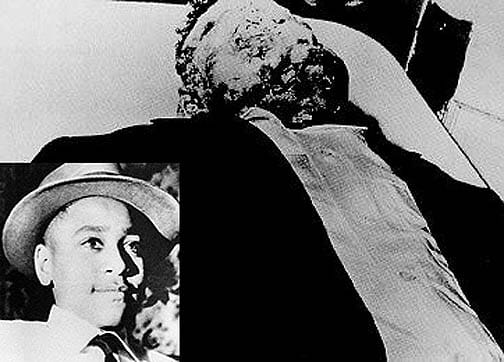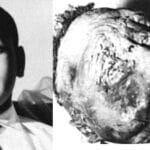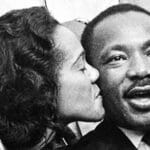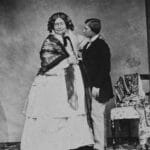The year is 1955. Imagine a grieving mother standing before the world, choosing to unveil the horrific truth of her son’s murder. This is the story of Emmett Till, a 14-year-old African American boy brutally murdered in Mississippi, and the indelible image that sparked a movement.
Unveiling the Story Behind the Photo: Emmett Till’s Legacy
His story begins with a summer trip from Chicago to visit family in Mississippi. It was meant to be a joyous occasion, but it ended in unimaginable tragedy. Emmett’s playful nature, typical of any teenager, led to an accusation – a white woman claimed he made advances towards her. This baseless allegation had devastating consequences.
On the night of August 28th, Emmett Till was ripped from his family’s care. Roy Bryant and J.W. Milam, the woman’s husband and half-brother, took it upon themselves to enact a horrifying form of vigilante justice. They abducted Emmett, subjecting him to unimaginable brutality. They beat him, shot him, and left his young body to sink in the Tallahatchie River.
Days later, Emmett’s body was recovered. The sheer brutality of the crime was evident. His face, disfigured almost beyond recognition, told a story of hate and barbarity. It was a story that could have easily been silenced, swept under the rug of racial injustice that pervaded the South. But Emmett’s mother, Mamie Till-Mobley, had other plans.
In a decision that demanded immeasurable strength, Mamie chose to hold an open-casket funeral for her son. “Let the world see what I’ve seen,” she declared. Her words echoed with the pain of a mother’s loss and the burning desire for justice.
Thousands of mourners filed past Emmett’s open casket, bearing witness to the horrific reality of racial hatred. Among them was David Jackson, a photographer for Jet magazine, a prominent publication for African Americans. Jackson’s camera captured the image that would become a searing indictment of racial violence.
The photograph of Emmett Till, lying in his casket, his young face disfigured by hate, was published in Jet magazine and other Black publications. It spread like wildfire, reaching every corner of the nation. For many white Americans, it was a confrontation with a reality they had long ignored. For African Americans, it was a painful validation of their lived experiences, a stark reminder of the ever-present threat of racial terror.
Why Was Emmett Till’s Face Swollen?: Outperforming the Competition
The horrifying extent of Emmett’s injuries, particularly the severe swelling on his face, was a direct result of the brutal beating he endured. Witnesses recounted a scene of unimaginable cruelty, where he was repeatedly struck with a gun and a baseball bat. Adding to the barbarity, he was also shot in the head. These acts of violence, fueled by racial hatred, left him barely recognizable.
The state of Emmett’s face became a tragic symbol of the violence inflicted upon Black people in the Jim Crow South. It served as a stark reminder of the vulnerability of Black lives and the lack of accountability for those who perpetrated such heinous acts.
The Power of an Image:
David Jackson’s photograph was more than just a news image; it was a catalyst for change. The decision to publish the photo, particularly in a Black publication, amplified Emmett’s story, ensuring that his death would not be in vain. It energized the Civil Rights Movement, providing a powerful symbol of the struggle for justice and equality.
Unanswered Questions and Lingering Scars:
While the world saw the horrifying image of Emmett’s mutilated body, the full extent of his injuries remained a subject of inquiry. In 2005, fifty years after his murder, Emmett’s body was exhumed for further investigation. The autopsy confirmed the savagery of the attack, revealing numerous injuries consistent with a severe beating and blunt force trauma to the head.
Emmett Till’s murder was a turning point in the fight for Civil Rights. His story, though rooted in tragedy, ignited a movement. The image of his open casket, a testament to both the cruelty and resilience of humanity, continues to resonate today, reminding us of the ongoing struggle for racial justice and equality.
- Discover Trasa Robertson Cobern’s Mentors: Shaping Her Hurst Campaign - July 9, 2025
- Discover People Influenced by Trasa Cobern: A Legacy of Service - July 9, 2025
- Discover Trasa Cobern’s Nonprofit Impact: A Deep Dive - July 7, 2025
















